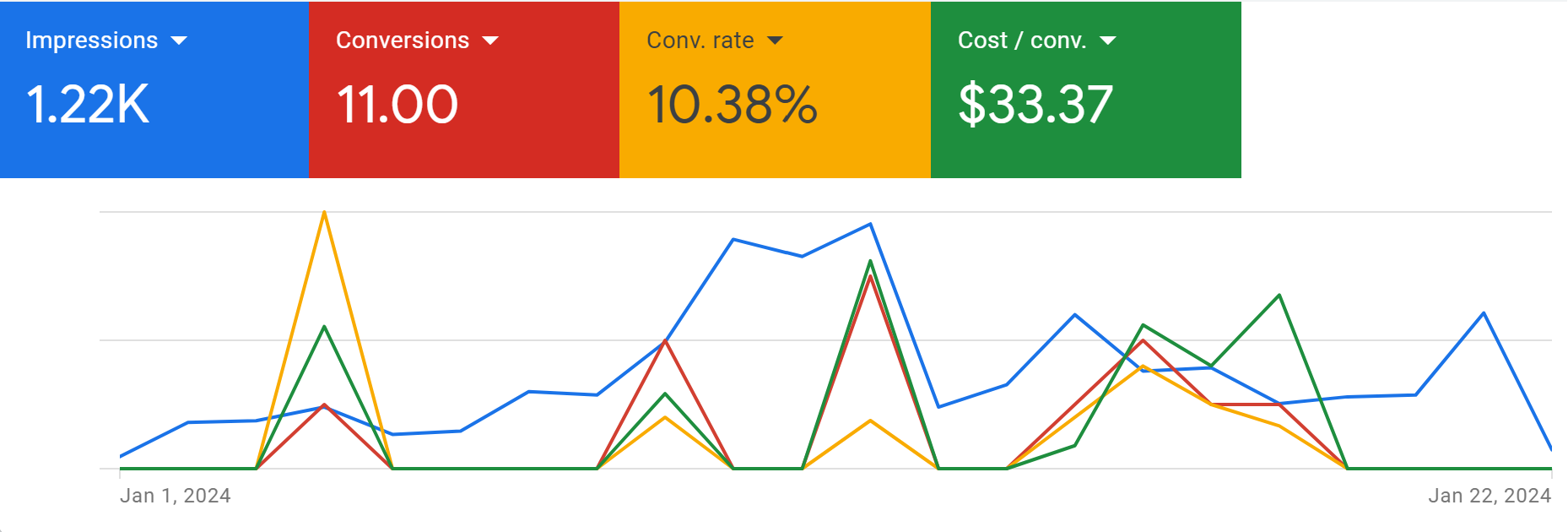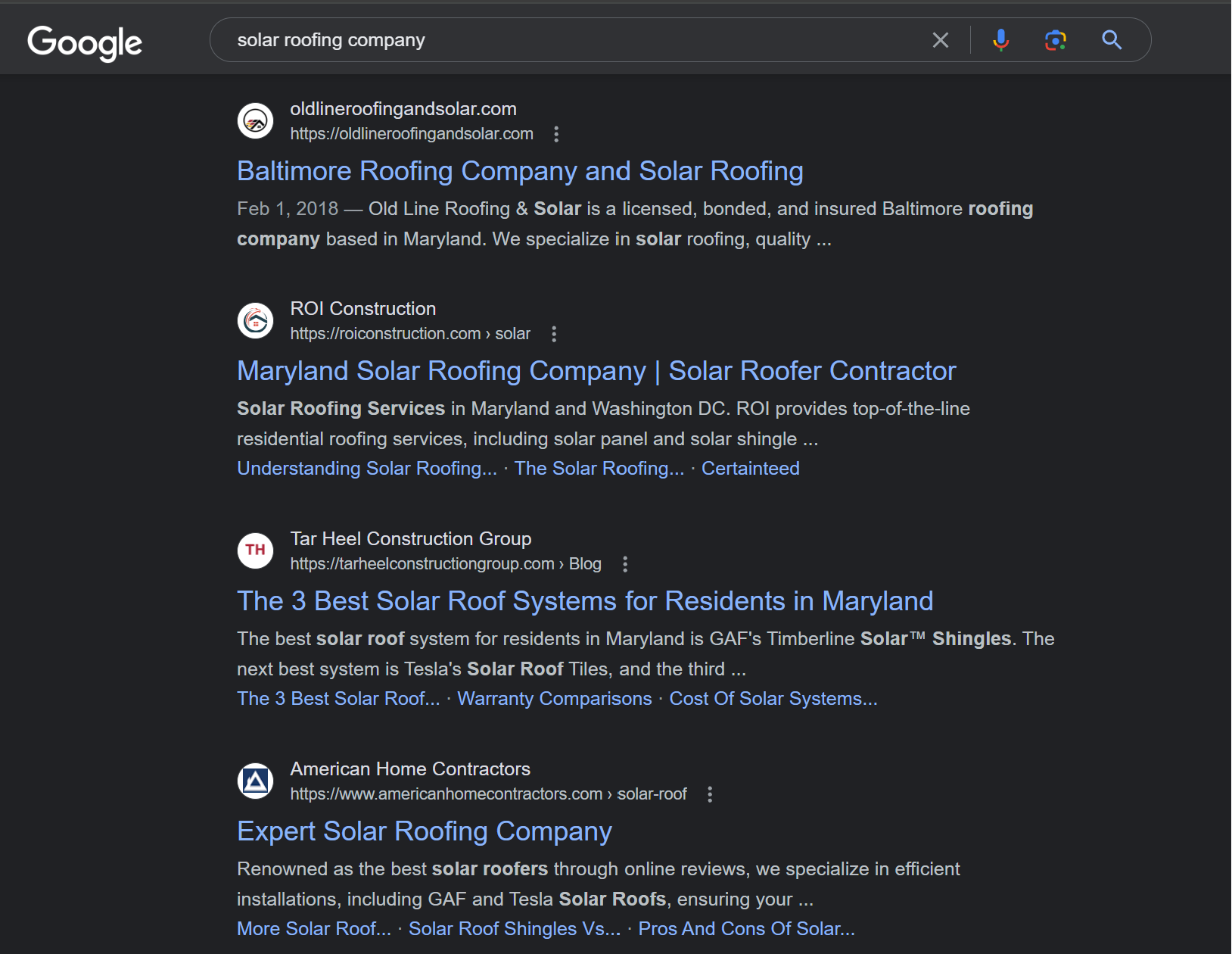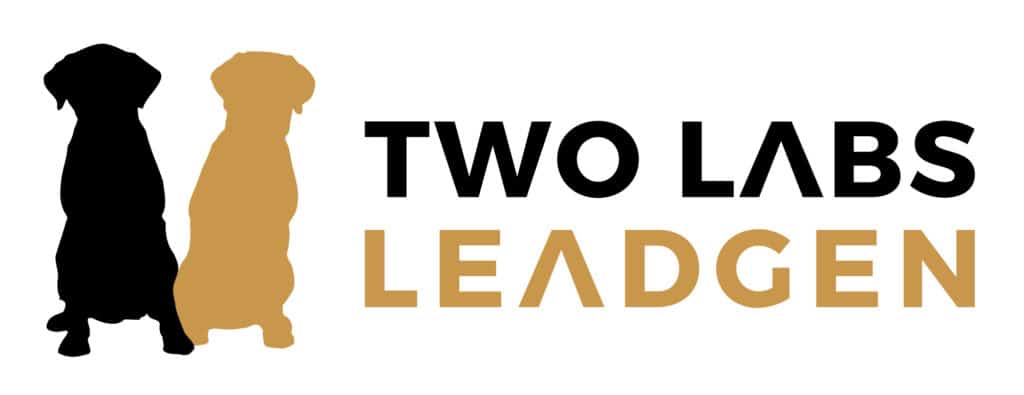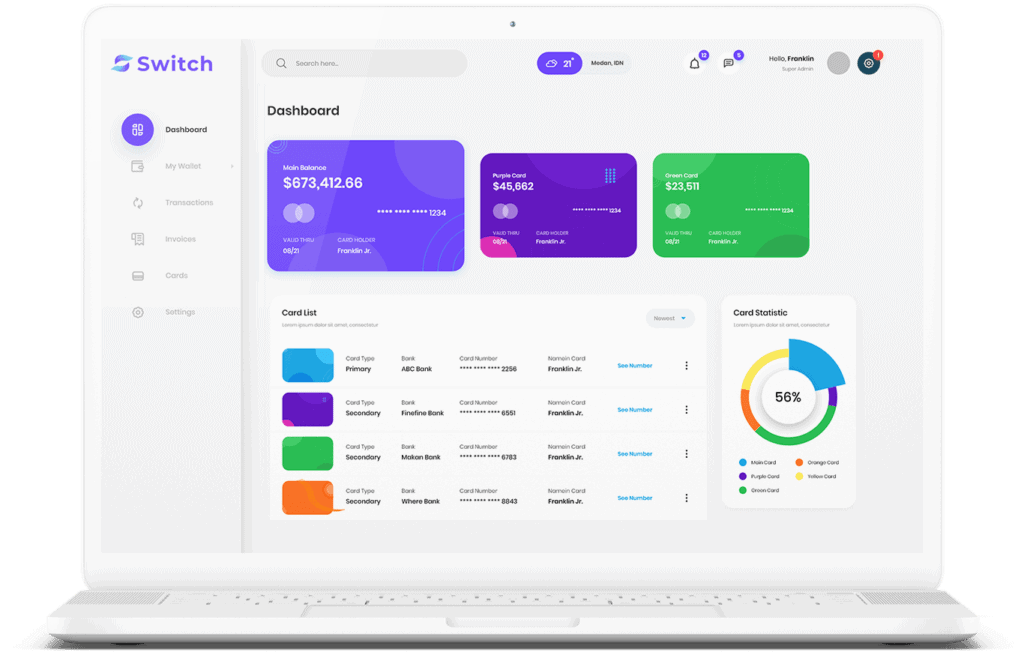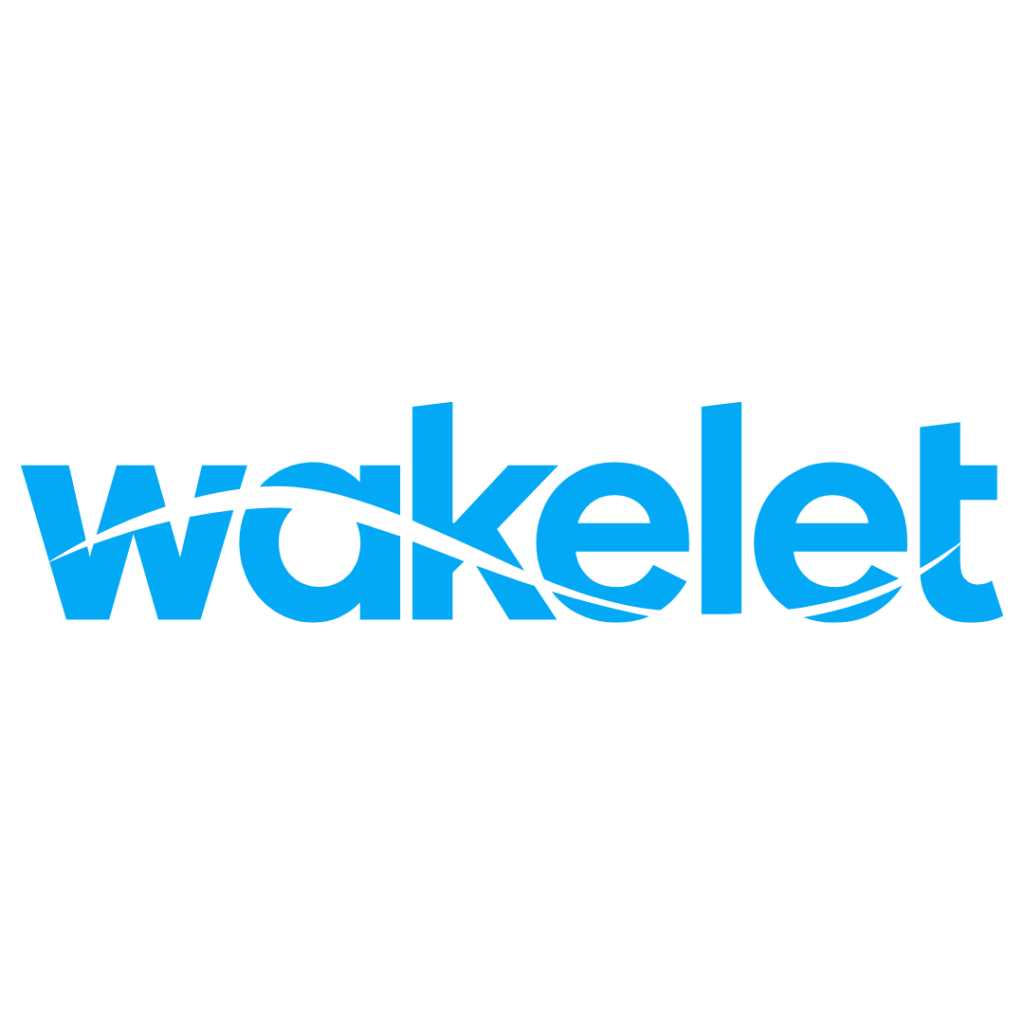
Wakelet, a powerful digital curation tool, allows users to collect, organize, and share various forms of content in a highly efficient way. This article offers insightful guidance on how to organize collections within Wakelet, catering to both beginners and experienced users. It elucidates the methodical process of classifying, arranging, and managing digital resources, ultimately leading to enhanced productivity and accessibility. Additionally, it highlights Wakelet’s distinctive features and how to leverage them for effective content organization. This guide, rooted in factual data and accurate information, is essential reading for those aiming to harness the full potential of Wakelet for optimal digital content organization.
Key Takeaways
- Assign a suitable title to each collection for quick identification.
- Utilize Wakelet’s tagging feature to add keywords or phrases describing the collection’s theme.
- Consider ordering collections based on relevance or activity.
- Categorizing collections creates a well-structured and user-friendly Wakelet profile.
Understanding Wakelet Collections
As a user-oriented platform, Wakelet offers the capacity for individuals and organizations to curate, share, and manage digital resources effectively. These collections can encompass a diverse range of digital materials, such as articles, images, videos, and social media posts. The tool empowers users to structure these resources into well-organized, easily navigable collections that can be shared publicly or kept private. This ability to manage digital content facilitates knowledge sharing, collaboration, and effective communication. Essentially, the mastery of Wakelet collections lies in understanding how they can be utilized to optimize digital content management and dissemination.
Setting Up Your Wakelet Account
To effectively organize collections in Wakelet, the initial step involves setting up your Wakelet account, a process that paves the way for efficient management and dissemination of digital content.
Creating an account is straightforward and user-friendly. You can sign up using an existing Google, Microsoft, or Twitter account, streamlining the process. Once logged in, you are welcomed into an intuitive dashboard where you can start creating your collections. The setup process also allows you to customize your profile, adding a personal touch to your Wakelet presence. This includes modifying your username, profile picture, and bio.
How to Start a New Collection
This platform is designed to be user-friendly and intuitive, enabling you to categorize and store digital resources with ease.
- To start, log into your Wakelet account and navigate to the ‘Create a new collection’ button.
- A new page will appear, prompting you to add a title and description for your collection. You can also choose to make your collection public or private.
- Then, you can start adding content to your collection. Wakelet supports a variety of content types, including articles, videos, images, and social media posts.
Adding Content to Your Collection
Content addition, a crucial step in organizing your Wakelet collections, involves selecting and categorizing relevant digital resources. To add content, navigate to your collection and click on the plus icon. This opens a menu where you can choose from a range of options to add content, such as URLs, text, images, PDFs, or even social media posts. You can also upload content directly from your device. After adding content, you can customize the title, description, and cover image to match the theme of your collection. Remember, the key to a well-organized collection is consistency. Therefore, ensure each item of content added is relevant to your collection’s theme and arranged in a logical sequence. This enhances readability and accessibility for your audience.
Categorizing Your Collections
Following the successful addition of relevant content to your Wakelet collections, the next critical step is categorizing these collections effectively to enhance navigability and ease of access for your audience.
- Firstly, assign a suitable title to each collection. This should briefly and accurately describe the content, enabling quick identification.
- Secondly, utilize Wakelet’s tagging feature. Tags are keywords or phrases that detail the theme of your collection. This aids in searchability, particularly for larger collections.
- Lastly, consider ordering your collections based on their relevance or activity. For instance, frequently updated collections can be placed at the top.
Categorizing collections equips you with a well-structured and user-friendly Wakelet profile. This not only streamlines your workflow but allows audiences to effortlessly navigate your content.
Utilizing Wakelet’s Search Feature
By simply typing keywords related to your collections in the search bar, Wakelet quickly presents you with relevant results. This tool is particularly beneficial when dealing with extensive collections.
Consider the following table illustrating the components of Wakelet’s search feature:
| Feature | Function | Benefit |
|---|---|---|
| – | – | – |
| Keyword Search | Locates collections based on typed words | Quick access to desired collections |
| Advanced Search | Allows filtering by categories, such as dates or types | More focused search results |
| Saved Searches | Stores frequently used search parameters | Saves time in future searches |
Mastering Wakelet’s search feature not only enhances your productivity but also transforms your content management experience.
Editing and Updating Collections
Efficiency in curating your collections on Wakelet extends to the ability to effectively edit and update them. This process is straightforward and user-friendly, allowing you to maintain up-to-date, relevant content.
Here are three primary steps:
- Open the specific collection and select the ‘Edit Collection’ option. This will allow you to alter the title, description, or cover image.
- To add or remove items, simply click on the ‘Add/Remove Items’ button. This will enable you to insert new elements or discard irrelevant ones effortlessly.
- Once satisfied with the changes, click ‘Save’ to implement them.
These features empower you to keep your collections in Wakelet accurate and fresh, promoting a well-organized and dynamic digital space.
Sharing Your Collections
Sharing your collections in Wakelet is an essential step in maximizing the platform’s interactive capabilities. By doing so, you can not only showcase your curated content, but also invite collaboration and feedback from others. This is done by clicking the ‘Share’ button located near each collection on your homepage. You will then have options to copy the link, embed the collection, or share it directly to your social media platforms. There are also provisions to email or print your collections. For a more targeted approach, Wakelet allows you to share privately with specific individuals. By utilizing these features, you can effectively engage your audience, foster interaction, and enhance the visibility of your Wakelet collections.
Collaborating on Collections in Wakelet
Building on the concept of sharing collections, Wakelet also provides functionality for users to collaborate on collections, thereby enhancing the dynamism and diversity of your curated content. This collaboration feature opens up a plethora of possibilities for group projects, shared resources, and pooled knowledge.
- Inviting Collaborators: By clicking on the ‘Invite’ option in the collection, users can invite others to collaborate by sharing a unique link.
- Role Assignment: Collaborators can be assigned different roles, such as contributors or administrators, allowing control over who can add or remove items.
- Real-time Collaboration: With Wakelet’s real-time collaboration feature, changes made by one user are instantly visible to others, promoting seamless teamwork.
Privacy Settings for Your Collections
Another vital aspect of organizing collections in Wakelet is understanding and managing the privacy settings of your collections. Wakelet offers three levels of privacy: private, unlisted, and public. Private collections are visible only to you, ensuring complete control over your content. Unlisted collections are not publicly searchable but can be accessed by anyone with the link, allowing for selective sharing. Public collections are visible to everyone and can be discovered by other Wakelet users, promoting collaboration and exchange of ideas. Adjusting these settings is straightforward, allowing for real-time modifications as your needs change. This flexibility in managing privacy settings enables you to tailor your Wakelet experience, ensuring your collections serve your specific requirements and preferences.
Managing Notifications and Feedback
One crucial aspect of organizing your collections in Wakelet involves effectively managing notifications and feedback for an optimized user experience. This process not only aids in keeping track of your audience’s interaction but also allows for efficient engagement.
- Notifications in Wakelet can be customized to suit your preferences, enabling you to stay informed about relevant updates without feeling overwhelmed.
- The feedback feature allows you to receive and respond to comments or suggestions from your audience, providing valuable insights for potential improvements.
- Regularly reviewing this feedback can guide you in your content creation process, ensuring your collections remain engaging and relevant.
Mastering these facets of Wakelet’s notification and feedback management system will elevate your user experience and the overall organization of your collections.
Tips for Effective Collection Organization
Effective collection organization in Wakelet requires strategic planning and implementation, aimed at enhancing user navigation and engagement. Firstly, categorize collections based on their content type or theme. This helps in easy identification and retrieval of information. Secondly, utilize Wakelet’s feature of adding a cover image and description to your collections. This gives a brief idea about the collection’s content and attracts user attention. Thirdly, maintain consistency in your collection updates. Regularly updated collections keep users interested and engaged. Lastly, consider rearranging your collections. Wakelet provides options to sort collections by date, alphabetically, or manually. By following these tips, you can maximize the potential of Wakelet for effective information management and sharing.
Frequently Asked Questions
What Are the File Formats Supported by Wakelet When Adding Content to My Collection?
Wakelet supports a wide array of file formats for adding content to your collection. These include, but are not limited to, JPEG, PNG, PDF, MP4, and MP3, ensuring versatility in content curation and presentation.
How Do I Merge Multiple Collections in Wakelet?
To merge multiple collections in Wakelet, currently there isn’t a direct feature. However, you can manually add items from one collection to another by copying each item’s URL and pasting it into the desired collection.
Can I Schedule Automatic Updates or Additions to My Wakelet Collections?
Yes, it is possible to schedule automatic updates or additions to your Wakelet collections. This can be done using third-party tools like IFTTT or Zapier, which can be set up to automate content addition to your collections.
Is There a Limit to the Number of Collections I Can Create in My Wakelet Account?
There is no specific limit to the number of collections you can create in Wakelet. However, keep in mind that managing a large number of collections might become challenging over time.
Does Wakelet Provide Analytics for My Collections to Track Engagement or Views?
Yes, Wakelet provides analytics for your collections, allowing you to track engagement and views. This feature helps you understand your audience better and improve your content based on the insights gained.
Conclusion
Wakelet offers a robust platform for digital content curation and organization. By understanding its features and implementing strategies for effective collection organization, users can optimize their productivity and digital organization. Collaborative features and privacy settings further enhance its versatility. With this guide, both new and experienced Wakelet users can streamline their content management, maximizing the potential of this innovative tool for their educational and professional endeavors.
